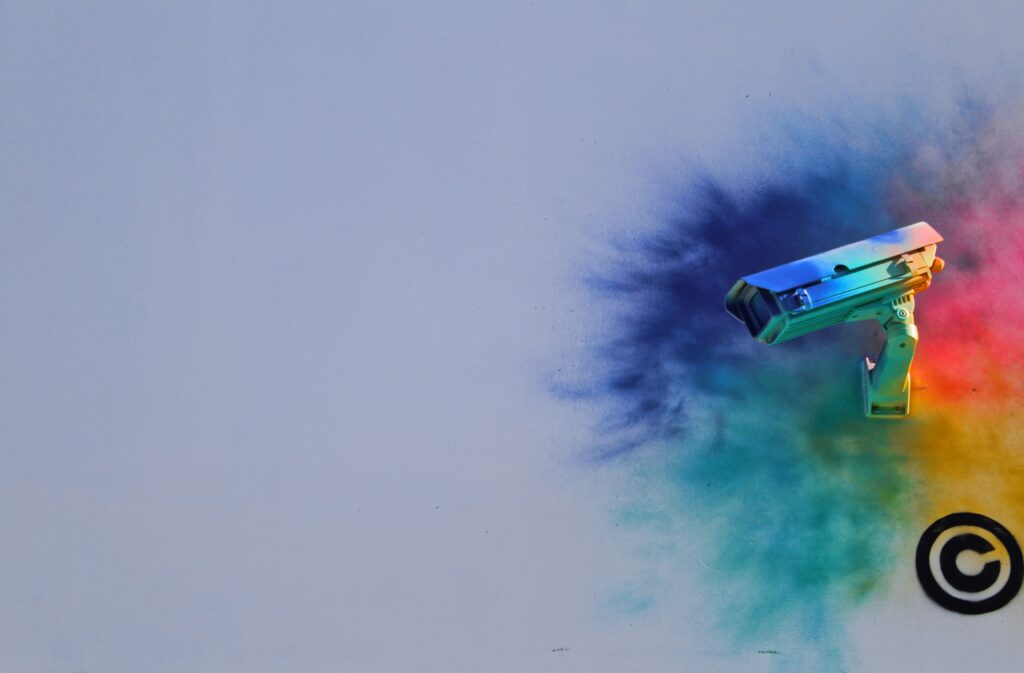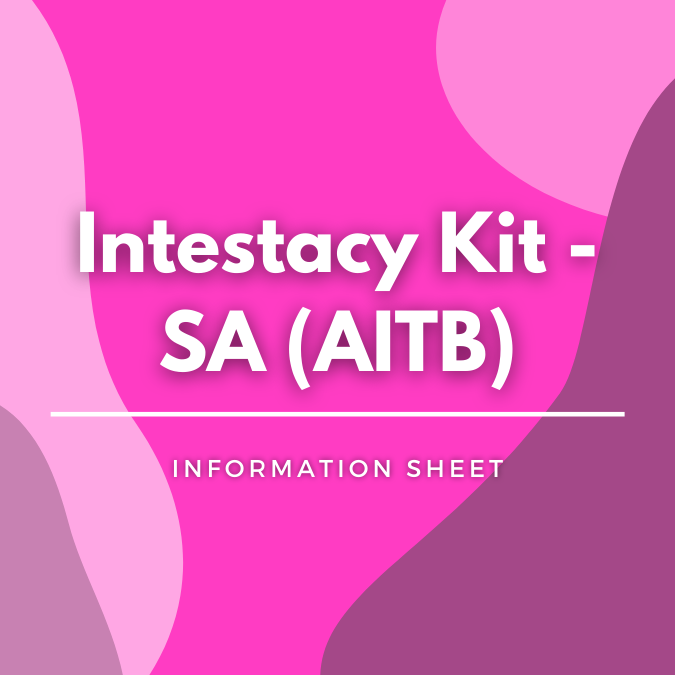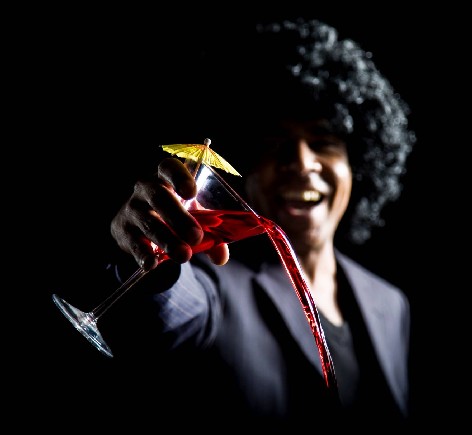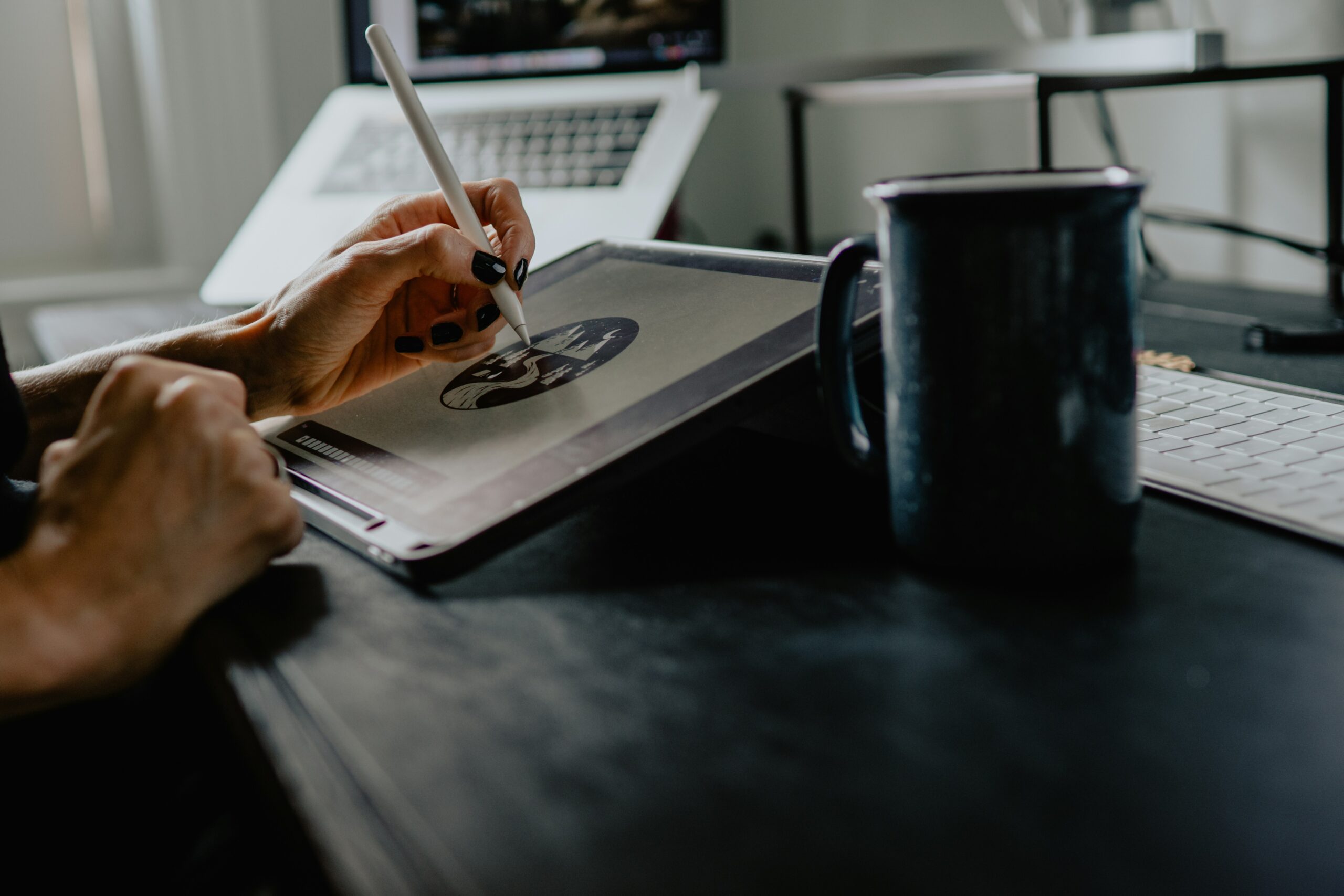An Indigenous artist discovers his rights are infringed multiple times


Stephen Hogarth is an Indigenous visual artist in Queensland who has experienced ongoing copyright violations and his artwork has been used without his permission by others on online selling sites such as Amazon, Etsy, Canva, AliExpress, Wish, Facebook and eBay and directly through the other party’s own website.
Over the years Arts Law has advised Stephen on copyright infringement and what steps he can take to have the issue resolved. We have also given Stephen advice on what is involved if you decide to take a claim to court and cautioned on the risk of false accusation of copyright infringement.
In 2020 Arts Law’s Senior Solicitor Donna Robinson advised the artist on submitting a takedown notice to a social media platform. The artist was also directed to Arts Law’s Information Sheet on Take Down Notices (here) and the Copyright Council’s Information Sheet on Take Down Websites (here) for further information.
In 2021, Stephen discovered that his image had been used on a flyer to promote an event on social media without his permission. He contacted the event promotor to remove the image and they did not reply. Arts Law advised him to send a further letter based on Art Laws’ template letters of demand for copyright infringement and breach of moral rights which are available on our website (here) and (here). Arts Law then reviewed and finalised the letter before it was sent to the event promoter. The event organisers responded stating they had engaged a graphic designer to create the flyer and were not aware the artwork was a copy of Stephen’s work.
Also in 2021, Stephen came across other examples of his artwork being reproduced as a tattoo and on craft ribbons sold on an online trading site. The artist sent cease and desist letters to both parties, again using Art Laws’ template letters. Arts Law reviewed and settled the letters before they were sent and assisted in further letters between Stephen and the other person.
The Arts Law template letters commonly inform the other party (where relevant) that:
- the artist is the copyright owner with exclusive rights (i.e. the right to reproduce, first publish and communicate the work to the public) under the Copyright Act 1968;
- The artist also holds moral rights in their original works (i.e. the right to be attributed as creator of the work, the right against false attribution and the right of integrity, to prevent derogatory treatment of the work);
- They detail when the artwork was originally created by the artist;
- the artist’s copyright and moral rights have been infringed by reproducing a substantial part of the artist’s artwork without his permission;
- it may have breached Australian Consumer Law by presenting themselves as ‘Aboriginal’;
- it may have contravened the artist’s licence agreements with third parties;
- it is to immediately remove all infringing items from sale on all online platforms, pay a license fee for the copyright work used to date and possibly agree to give permission to the works being used going forward and/or destroy or deliver all remaining infringing works to the artist; and
- The artist may take legal action if they don’t reach an agreement.
Arts Law were pleased to hear from our client that the event promoter and several online trading sites agreed to remove the infringing merchandise from sale and from social media. In one instance the manufacturer was based in China and did not respond to the client’s letter and the client had limited options to go any further with them. This highlights the difficulties which can arise when promoting your artwork online where your audience is worldwide and the infringing party can be difficult to track down if they’re hidden behind company names or have a vague address in another country. In these cases it is best to communicate with the organisation which hosts the website, the Internet Service Provider (ISP) to get the offending material removed by preparing a Take Down Notice.
Arts Law drafted a Notice of Cultural Interest for the artist to use on his website to make it clear to viewers of his artworks that it embodied traditional knowledge and dealing with any parts of the images without permission is a breach of customary law.
These experiences are the positive outcomes that Arts Law strives to achieve for our clients through providing support and to encourage permission to use artworks through licensing the right way.
Our client, said of his experience:
“Arts Law is a must have service for all artists. The help, guidance and expertise that they provide is what you need to help protect your Art.”
Stephen Hogarth, artist




